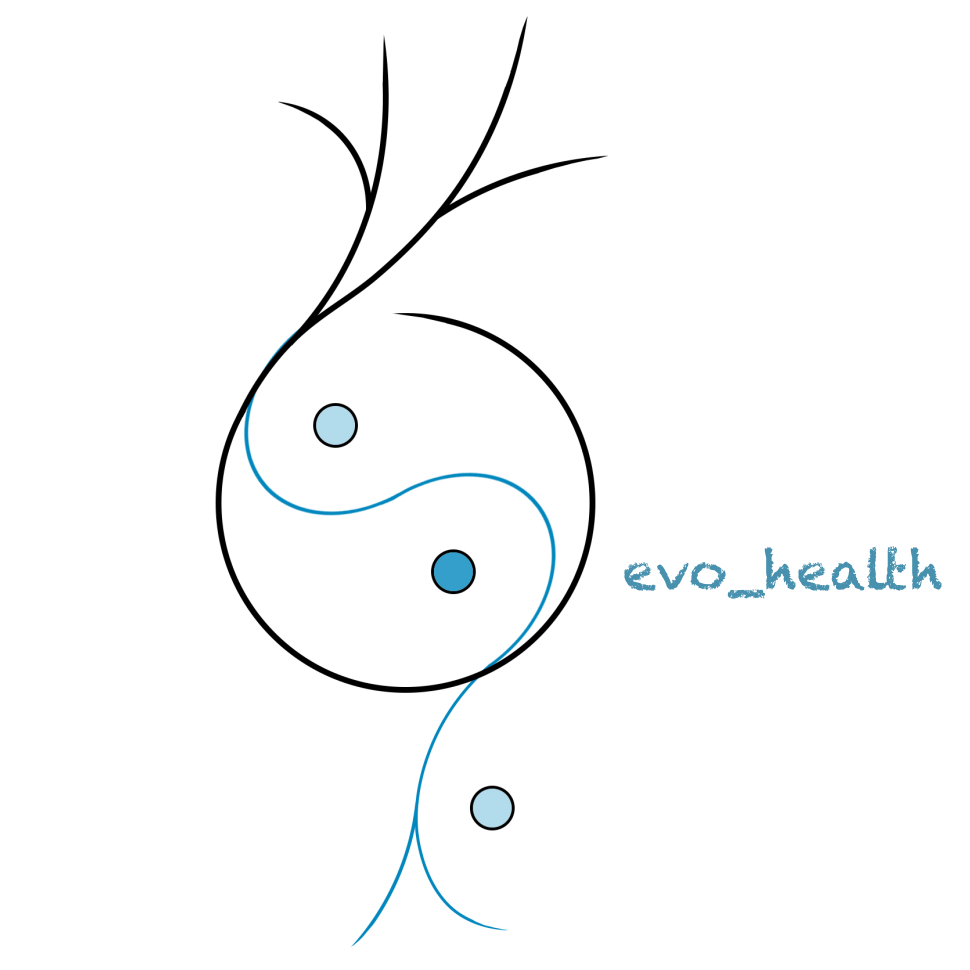| Every human being, like every other living organism, retains from its evolutionary past a “chimera” of genes and other genetic elements, like stars emitting light across the different evolutionary periods of their near or distant ancestors. The age of genes and their variants is more or less analogous to their degree of conservation between different groups of organisms (an indication that DNA undergoes changes at a near-constant rate over the course of evolution, irrespective of environmental conditions), while also implying signs of selection (gene functions once tied to adaptation to a given set of conditions, retaining their importance in the present). These signs are diverse as well, many of them not connected to better survival or adaptation prospects in contemporary environments, but to diseases, in some cases due to the rapid change in living conditions brought about by the agricultural, industrial, and technological revolutions, causing once-advantageous genes to turn into troublesome ones, and in others because their negative effect was counterbalanced by a positive contribution. Many of the modern world’s diseases only appear after reproductive age and are related to aging, which means that they increase in frequency as life expectancy increases, and hence they could not be eliminated by natural selection. The wavy line navigating the circle’s lower section and culminating in a fork, and its three “blurred” eyes, trace a pattern symbolizing the binary unity of opposites (yin-yang), the balancing selection (which sustains, as part of genetic diversity, combinations of variants with contrasting phenotypes in a given population), as well as the mythical serpent (chthonic, crawling and regenerating, a timeless, global symbol of the complementarity of light and darkness, wisdom, and healing). |
 |


